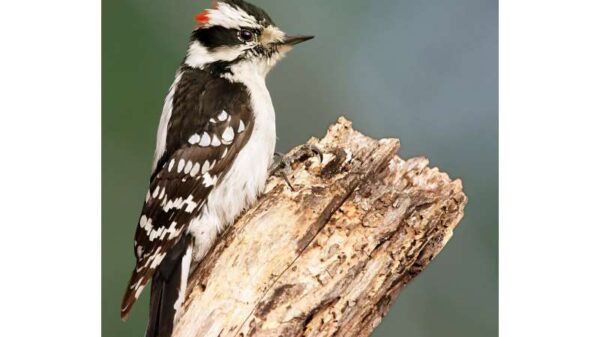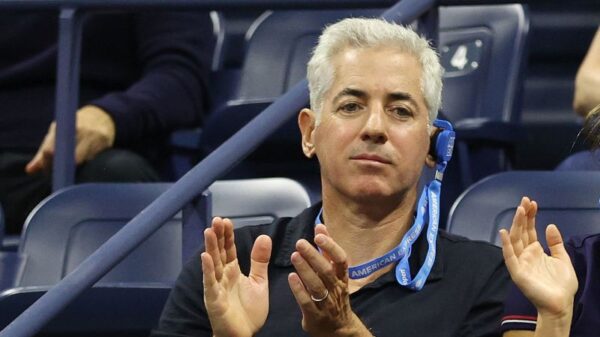Children’s literature often depicts animals living in traditional family structures, with tidy representations of nuclear families. This portrayal can alienate those who do not fit the conventional family mold. In stark contrast, research highlights the remarkable diversity of family systems within the animal kingdom, demonstrating that family dynamics can vary widely.
Exploring Animal Family Structures
In many popular children’s stories, such as Fantastic Mr. Fox and Peppa Pig, animals are usually presented as part of a mother-father-offspring unit. However, this depiction does not reflect the reality of how animals interact and raise their young. According to research, biparental care, where both parents are involved in raising offspring, is predominantly observed in bird species. For instance, mute swans exemplify this behavior, sharing the responsibilities of incubating eggs and nurturing cygnets.
Conversely, single-parenting is the most prevalent family structure in the animal world. In mammalian species, females often undertake the majority of parenting duties, as they invest more in the reproductive process. The female leopard, for example, raises her cubs alone, which is a common practice among approximately 90% of mammalian species. This phenomenon is echoed in literature, such as The Tale of Peter Rabbit by Beatrix Potter, where maternal figures navigate challenges independently.
Interestingly, male parental involvement, while less common in children’s literature, does occur in some species. In the aquatic realm, the male midwife toad carries fertilized eggs on his back until they are ready to hatch. Similarly, Darwin’s frog uses its vocal sac to protect and nurture its tadpoles for several weeks. Such examples illustrate the diversity of parenting strategies across species.
Same-Sex Relationships and Cooperative Parenting
Same-sex relationships in the animal kingdom have been documented in over 500 species, including dolphins and bonobos. Although lifelong same-sex pairings are rare, some animals, like male sheep, form enduring bonds. A notable example from captivity includes Roy and Silo, two chinstrap penguins from Central Park Zoo who gained fame for their partnership. Their story inspired the children’s book And Tango Makes Three by Justin Richardson, which highlights the complexities of love and parenthood beyond traditional frameworks.
In many species, communal parenting further illustrates the diversity of family life. Elephants, for example, live in matriarchal groups where related females assist in raising calves. This collective approach, known as allomothering, not only benefits the young but also strengthens social bonds within the group. The story of worker bees in The Bees by Laline Paull provides a fictional glimpse into such cooperative behaviors.
Fostering and adoption are also prevalent in the animal world. The common cuckoo famously lays its eggs in the nests of other species, leaving unsuspecting foster parents to raise its young. Such behaviors extend across species, as seen in a rare instance where a wild capuchin monkey cared for a common marmoset. This theme of unconventional family structures resonates in children’s literature, such as The Odd Egg by Emily Gravett, where a mallard adopts an egg that ultimately hatches into an alligator.
The animal kingdom further showcases friendship among peers, particularly in long-lived species like red deer. Young deer often form bachelor herds, creating strong social bonds during their formative years. Similarly, young swifts form “screaming parties” to protect one another while searching for breeding sites.
Finally, some species exemplify a parenting style characterized by minimal involvement. This approach, seen in various fish and reptiles, involves producing large numbers of offspring, with the understanding that only a few will survive. For instance, solitary wasps may abandon their nests after provisioning them with paralyzed prey, ensuring a food source for the young.
In conclusion, the diversity of family dynamics in the animal kingdom challenges the notion of the nuclear family as the standard. Animals employ various strategies to ensure the survival and success of their offspring, reflecting a rich tapestry of parenting that extends far beyond human conventions. This exploration emphasizes that family, in all its forms, is a vital aspect of life across species.



































































